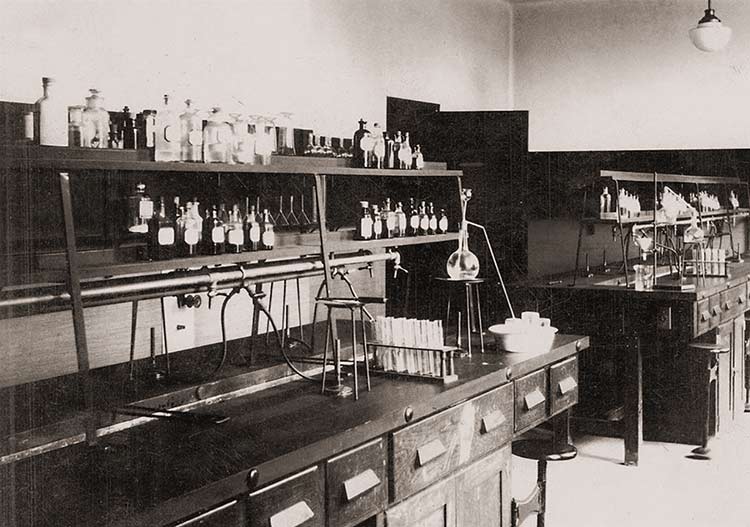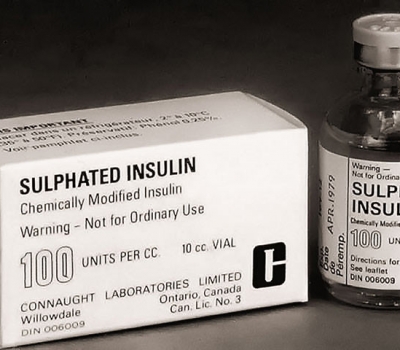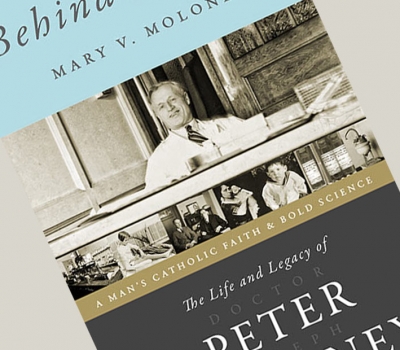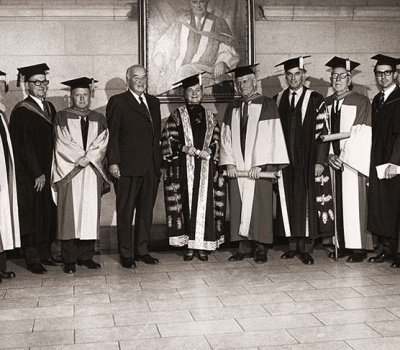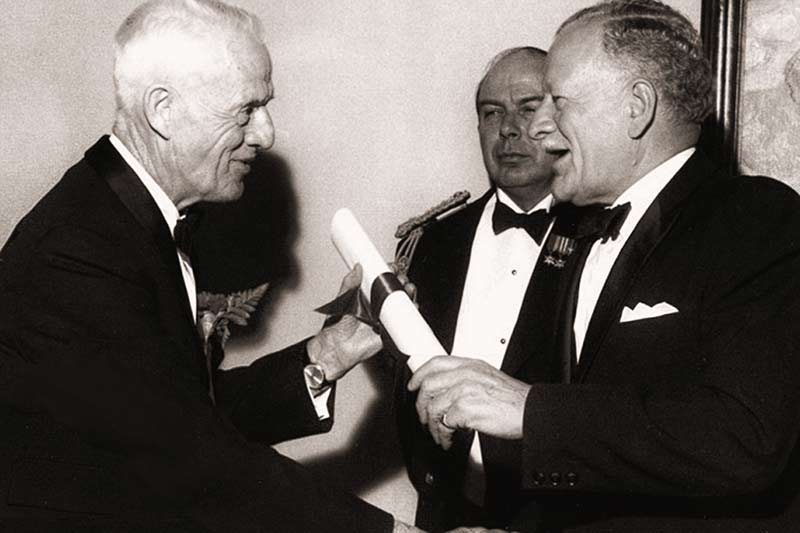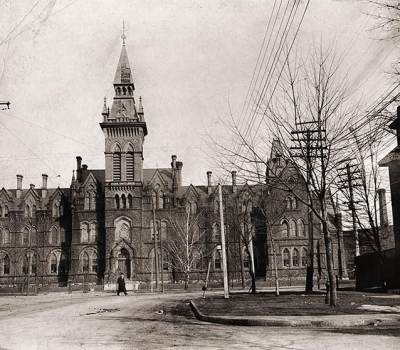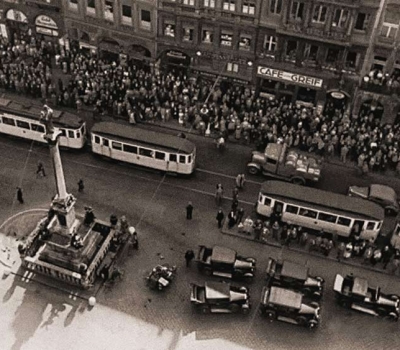Dr. Moloney was on the Advisory Board of St. Michael's Hospital for many years. Recollections of Michael O'Sullivan, Director of the S.M.H. Biochemistry Department 1941-1973 show how Dr. Moloney was the key figure in updating the laboratory from its unsatisfactory condition to a modern facility, which was a major factor leading to its prominence as a world class health facility.
In Mr. O'Sullivan's recollections, we learn of Dr. Moloney's role in converting the lab from its unsatisfactory condition to a state of the art facility. First, two letters concerning Dr. Moloney:
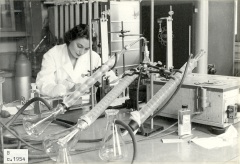
3 Dec 61
Reverend Sister Janet
Superintendent
St. Michael's Hospital
Reverend and Dear Sister,
Some time ago I told you that it was my intention to resign as a member of the Hospital Board. And now I give formal notice of resignation.
I need hardly tell you that I have been privileged to have served on the Board. I have appreciated the opportunity which has been afforded me over the years, of association with men who have been dedicated to the welfare of St. Michael's. I must confess that the severing of this association comes with regret.
My reason for resigning is quite simply that I would have my place taken by a more active man.
I shall always have at heart the welfare of the Sisters of St. Joseph. I realize the high and essential role your community plays in the life of the Church and of our country.
With every good wish,
Sincerely,
Peter Moloney
January 26, 1962
Dr. P. J. Moloney
66 St. Mary's Street
Toronto, Ontario
Dear Dr. Moloney,
We are very sorry to learn that you feel it is necessary for you to retire from the Advisory Board of St. Michael's Hospital. Your letter of resignation was presented to the Board at their meeting of January 23, 1962, and your decision was received and accepted with keen regret.
The ties of many years are not easily broken and for a man of your sincerity and devotion to any cause you undertake, I know this decision was a hard one to make.
On behalf of all the Sisters and the members of the Advisory Board of the Hospital, I wish to tell you how much we appreciate your interest in all the affairs of the hospital and our Community. You have participated in many of our problems over the years and we shall ever be grateful for your wise counsel, loyalty and advice.
Please do not sever your connections with us entirely, we would be very happy to have you call and see us at the hospital at any time.
We shall remember you in our prayers and may the coming years bring you happiness and many blessings.
Yours very sincerely,
Sister M. Janet
Superintendent
Recollections re: S.M.H. Biochemistry Department (Clinical Chemistry) By Michael O'Sullivan M. A. Director 1941-1973
Chemical determinations, or blood and urine, were carried out by two technicians in the general laboratory department prior to 1941. Dr. Wm. Magner was the pathologist in charge but Dr. Colling, up until his death about 1939, took a part time interest in the chemistry section. No one had replaced him between 1939 and 1941.
It is my understanding that there was general dissatisfaction on the part of the hospital staff, especially the medical staff, about the performance of the work in chemistry. This feeling was passed on to the sisters and the activity of Sr. Zephyrinus and Sr. Emerentia in particular persuaded the hospital board to seek a biochemist for the hospital. Dr. Peter Moloney, a senior chemist of the Connaught Labs, was a member of the board at that time and was given the task of finding a suitable candidate. Dr. Moloney consulted Fr. B. F. Sullivan, registrar of St. Michael's College and in that way my appointment became a fact in Feb. 1941. The hospital arranged through Dr. Moloney for me to be sent to Dr. E. P. Joslin, a world famous diabetic clinician in Boston. Beginning in Dr. Joslin's own hospital, the New England Deaconness, I received six months intensive but non-structured training in several Boston hospital laboratories and two in New York City. This worked out very well indeed and althought the time seems short by today's standards, one must remember that the repertoire of today's clinical chemistry laboratory is much larger than it was in 1941...
More to come...
---
Photo/Document credits courtesy of St. Michael Archives

